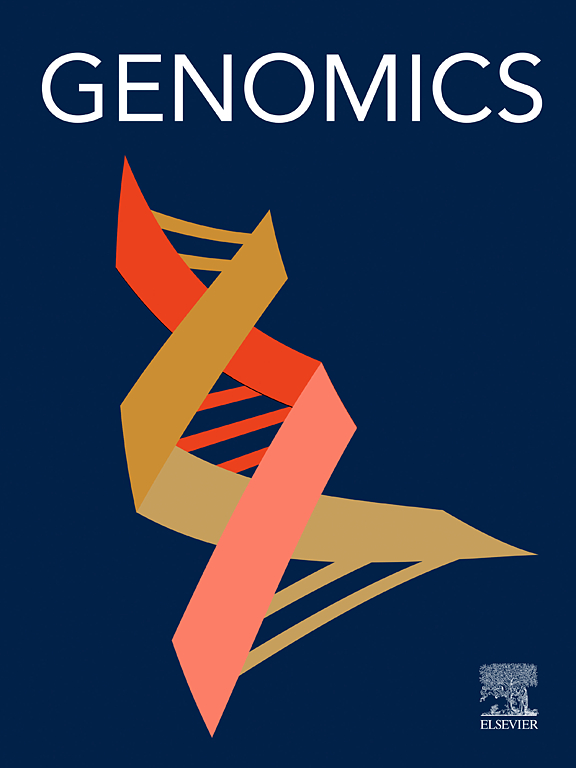元基因组学研究揭示了一种具有明显功能特征的草属。
IF 3
2区 生物学
Q2 BIOTECHNOLOGY & APPLIED MICROBIOLOGY
引用次数: 0
摘要
皮肤是一个重要的屏障,很大程度上受共生微生物群的影响。Lawsonella clevelandensis是Lawsonella属中目前公认的唯一物种,作为脓肿的原因而受到越来越多的关注,但由于其挑剔的性质而经常被忽视,这使得其在实验室中的分离和培养特别具有挑战性。本研究采用无培养的宏基因组方法对Lawsonella进行了全面的基因组研究,重点研究了39个新生成的基因组和12个公开可用的基因组。基于单枝形成、16S rDNA序列相似性和全基因组平均核苷酸一致性(ANI)值,提出了一个由43个宏基因组组装基因组(MAGs)代表的新物种。通过GTDB-tk初步鉴定为L. clevelandensis A。在这里,我们将它们设计为“Candidatus Lawsonella tjsk”。该新种与L. clevelandensis之间存在明显的基因组特征。物种特异性基因揭示了两个物种之间显著的基本功能差异。本文章由计算机程序翻译,如有差异,请以英文原文为准。
A proposed Lawsonella species with distinct functional features from L. clevelandensis revealed by metagenomics
The skin serves as a vital barrier, largely influenced by the commensal microbiota. Lawsonella clevelandensis, the currently recognized sole species in the genus Lawsonella, has gained increased attention as a cause of abscesses but is often overlooked due to its fastidious nature, which make its isolation and culture in the lab particularly challenging. Here, a comprehensive genomic investigation of Lawsonella was conducted using a cultivation-free metagenomic approach, focusing on 39 newly generated and 12 publicly available genomes. A novel species represented by 43 metagenome-assembled genomes (MAGs) was proposed based on mono-clade formation, 16S rDNA sequence similarity and genome-wide average nucleotide identity (ANI) values. All these MAGs were initially identified as L. clevelandensis A by GTDB-tk. Here, we designed them as ‘Candidatus Lawsonella tjsk’ sp. nov.. Distinct genomic characteristics between this newly proposed species and L. clevelandensis were observed. Significant fundamental functional differences between the two species were revealed by species-specific genes.
求助全文
通过发布文献求助,成功后即可免费获取论文全文。
去求助
来源期刊

Genomics
生物-生物工程与应用微生物
CiteScore
9.60
自引率
2.30%
发文量
260
审稿时长
60 days
期刊介绍:
Genomics is a forum for describing the development of genome-scale technologies and their application to all areas of biological investigation.
As a journal that has evolved with the field that carries its name, Genomics focuses on the development and application of cutting-edge methods, addressing fundamental questions with potential interest to a wide audience. Our aim is to publish the highest quality research and to provide authors with rapid, fair and accurate review and publication of manuscripts falling within our scope.
 求助内容:
求助内容: 应助结果提醒方式:
应助结果提醒方式:


